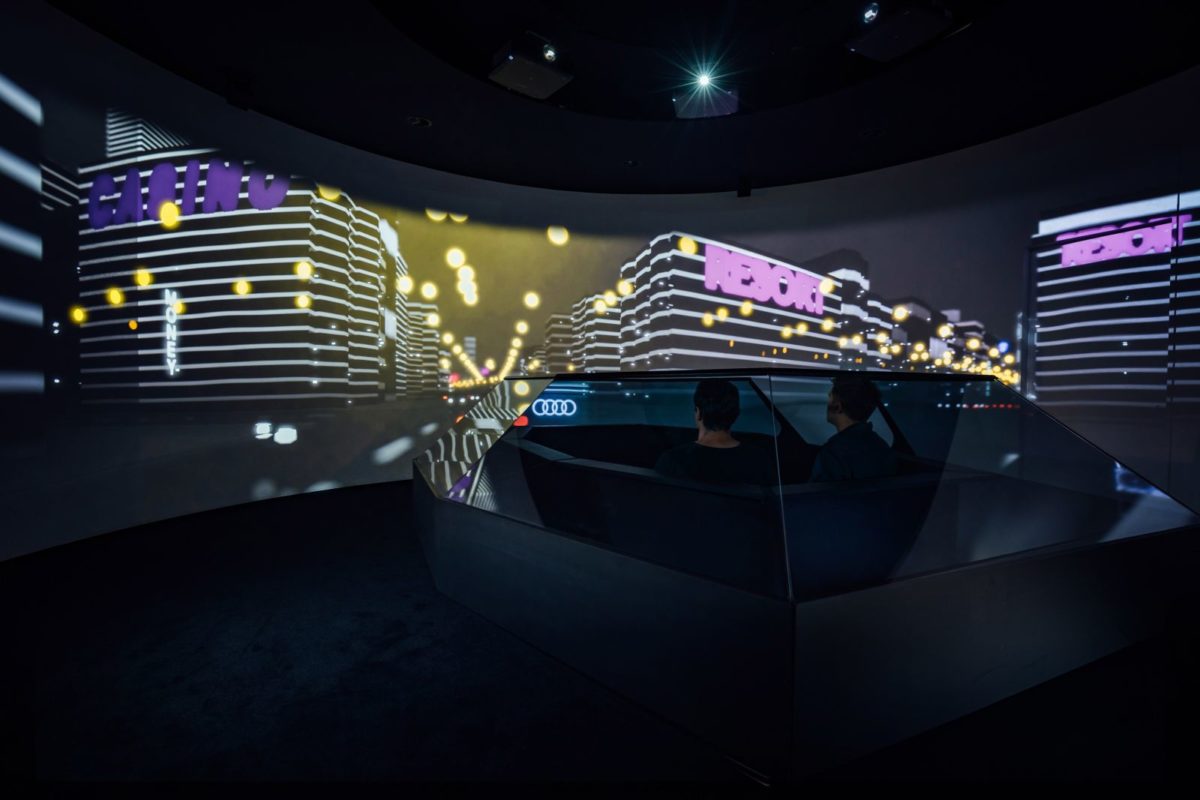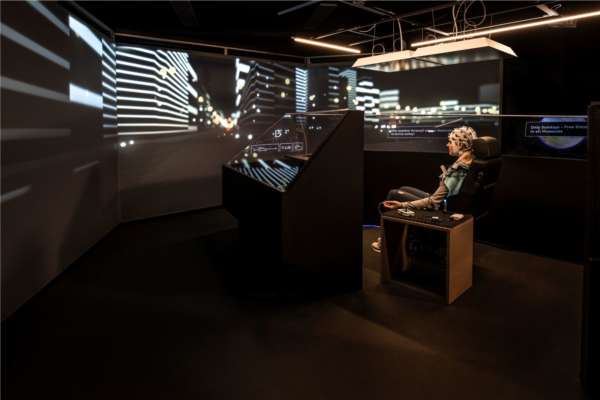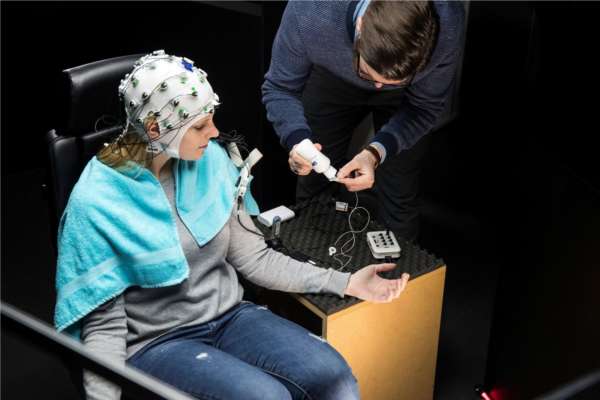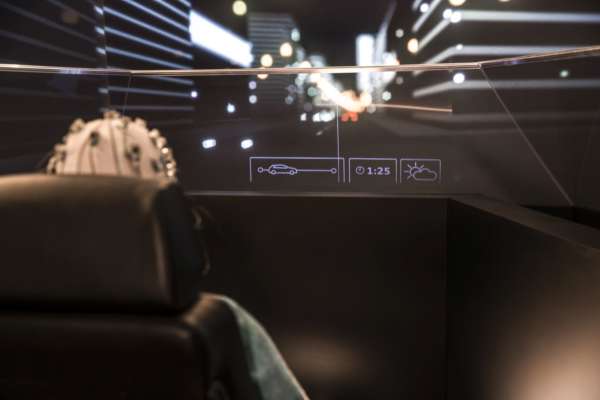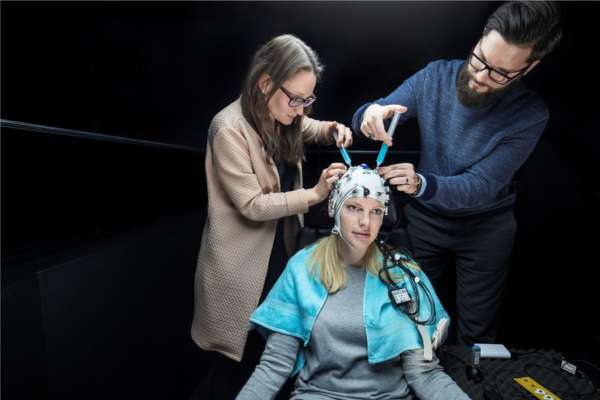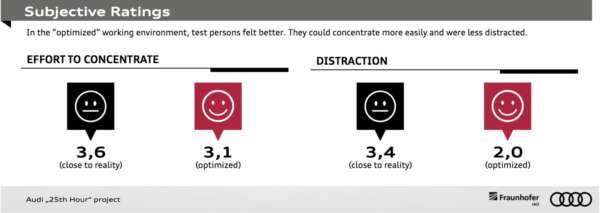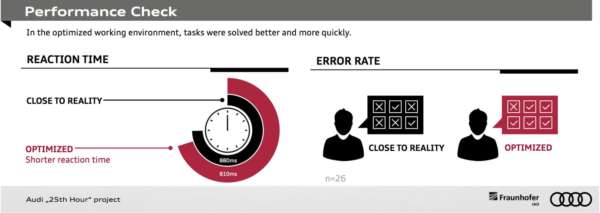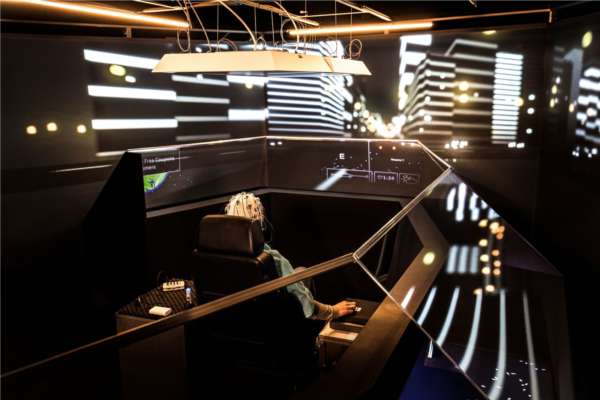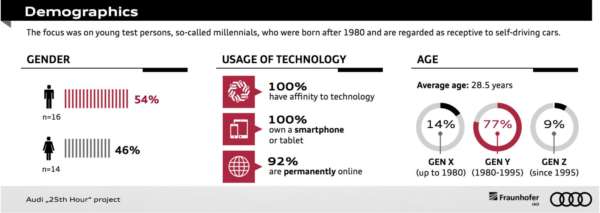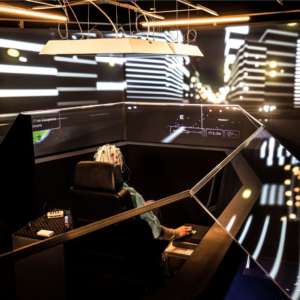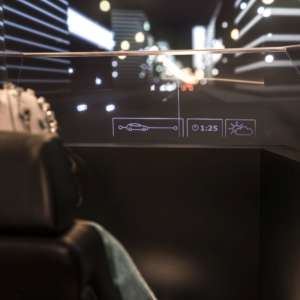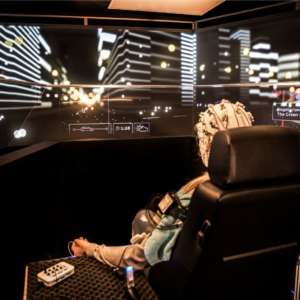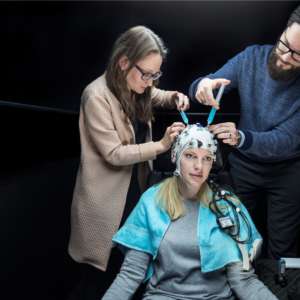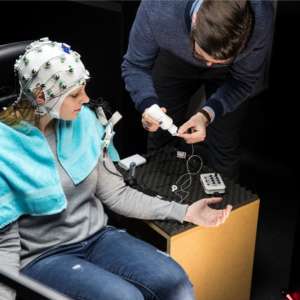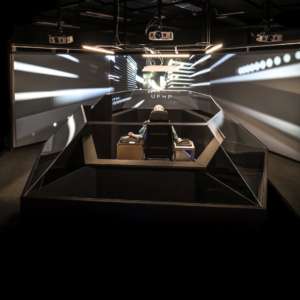Audi is researching about the premium experience in a self-driving car in collaboration with the Fraunhofer Institute for Industrial Engineering IAO. In the specially designed driving simulator, the experts on human-machine interaction investigated various factors, for example, how the car interior can become a perfect workplace. The findings from the research help the car maker to provide every user with a personally optimized automobile interior in the future. This research cooperation is part of the Audi project “25th Hour”.
Do Not Miss – All-New 2018 Audi A8 Unveiled : Complete Details, Images, Features And Tech Specs
The focus was on young test persons, so-called millennials, who were born after 1980 and are regarded as receptive to self-driving cars. In the experiment, the 30 test persons carried out various tasks requiring concentration – comparable with a work situation in a self-driving car.
Audi has specially built a driving simulator that reproduces the situation of automated driving: with a variable interior and without a steering wheel. Large-scale projections convey the impression of a city drive by night. Via displays, the researchers can introduce digital distractions, the windows can be dimmed, and the color of the lighting and noise background change.
The brain activity of the participants was measured (EEG), as well as reaction times and error quotas, and subjective impressions were noted. The results of the EEG were unambiguous: in an environment without disturbances, the human brain is more relaxed. The windows were dimmed, the light settings optimized, and digital messages were suppressed. Tasks were then solved better and more quickly. The test persons also stated that they were less distracted.
By contrast, a driving situation that was “close to reality” in the robot car made greater demands on the brain. In this case, the participants saw some advertising, received information from social networks, and did not benefit from pleasant lighting settings or dimmed windows.
What is the “25th Hour” project?
Drivers spend an average of about 50 minutes per day at the wheel. Through the 25th Hour project, Audi is investigating how this time could be used better in a self-driving automobile. The project is based on the assumption that an intelligent human-machine interface will learn the user’s individual preferences and adapt flexibly.
In the first step, the project team looked at people in Hamburg, San Francisco, and Tokyo, focusing on two aspects. How is infotainment used in the car today? And what would people like to do with their free time in the car of the future? The results were then discussed with a variety of experts, including psychologists, anthropologists, and urban and mobility planners.
In the second step, the Audi team defined three time modes that are conceivable in a self-driving car: quality time, productive time, and time for regeneration. In so-called quality time, people spend their time, for example, in activities with their children or telephoning family and friends. In productive time, they usually work. In down time they relax by reading, surfing the Internet, or watching a film.
To research these time modes further, Audi recruited the help of scientists from the Fraunhofer Institute. In the current research series, the team is principally concentrating on productive time.

